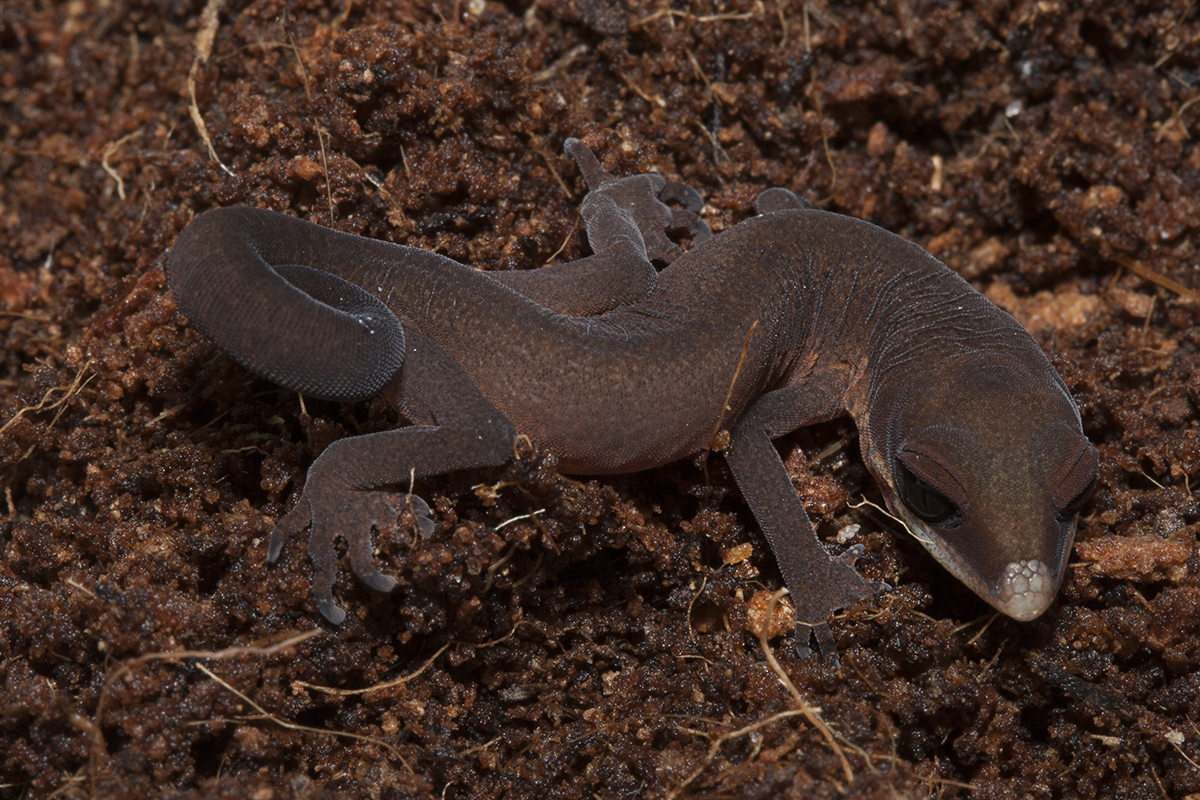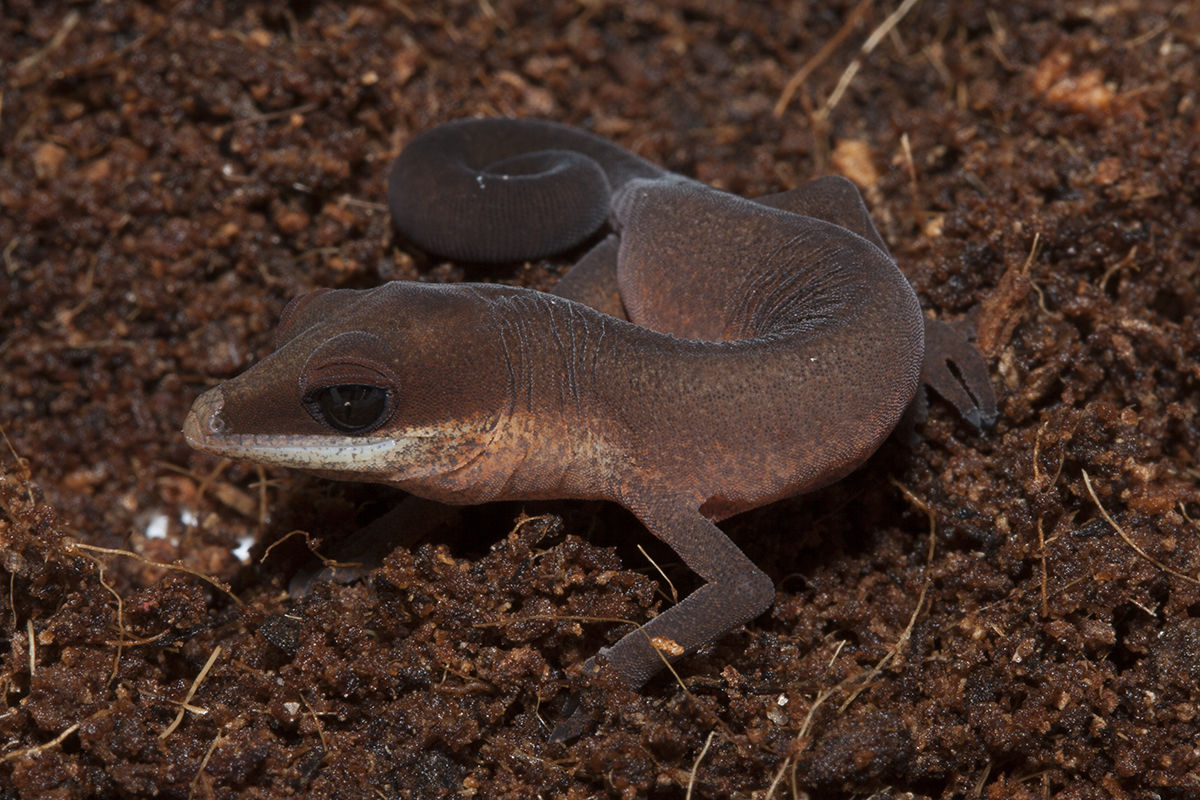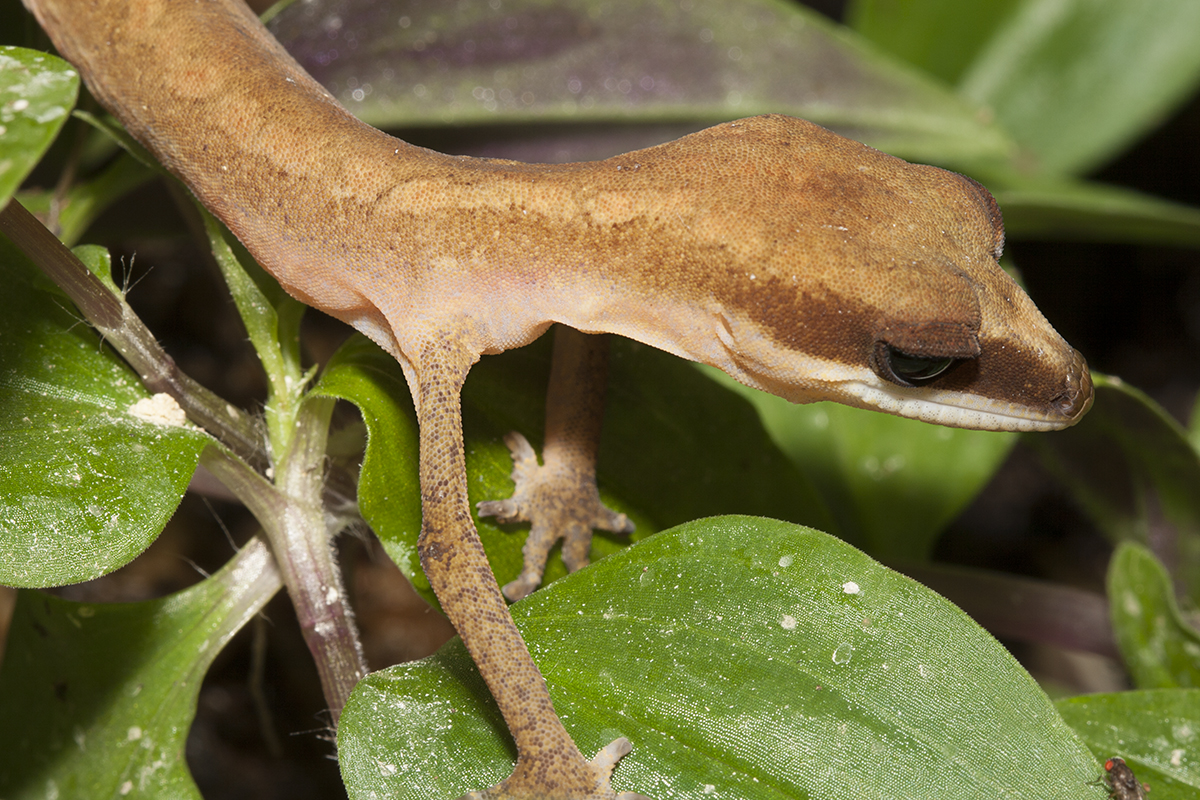 In my opinion, the Cat Geckos of the genus Aeluroscalabotes of South-East Asia, are among the most magnificent of geckos. Slow moving, highly nocturnal dwellers of the tropical rainforest – rarely seen in nature – and unfortunately often keept wrong. I will here try to share my experience with these magnificent animals.
In my opinion, the Cat Geckos of the genus Aeluroscalabotes of South-East Asia, are among the most magnificent of geckos. Slow moving, highly nocturnal dwellers of the tropical rainforest – rarely seen in nature – and unfortunately often keept wrong. I will here try to share my experience with these magnificent animals.
At the moment i keep
- Aeluroscalabotes felinus – Cameron Highlands, Malaysia
- Aeluroscalabotes cf. dorsalis – Borneo
Taxonomy
It is generally accepted, that only one species is valid in this genus. The species Aeluroscalabotes felinus. It is though quit variable, and some consider some of these variations for subspecies or even seperate species. The Borneo form is often called Aeluroscalabotes cf. dorsalis , as it looks quite a bit different than mainland forms.
Keeping
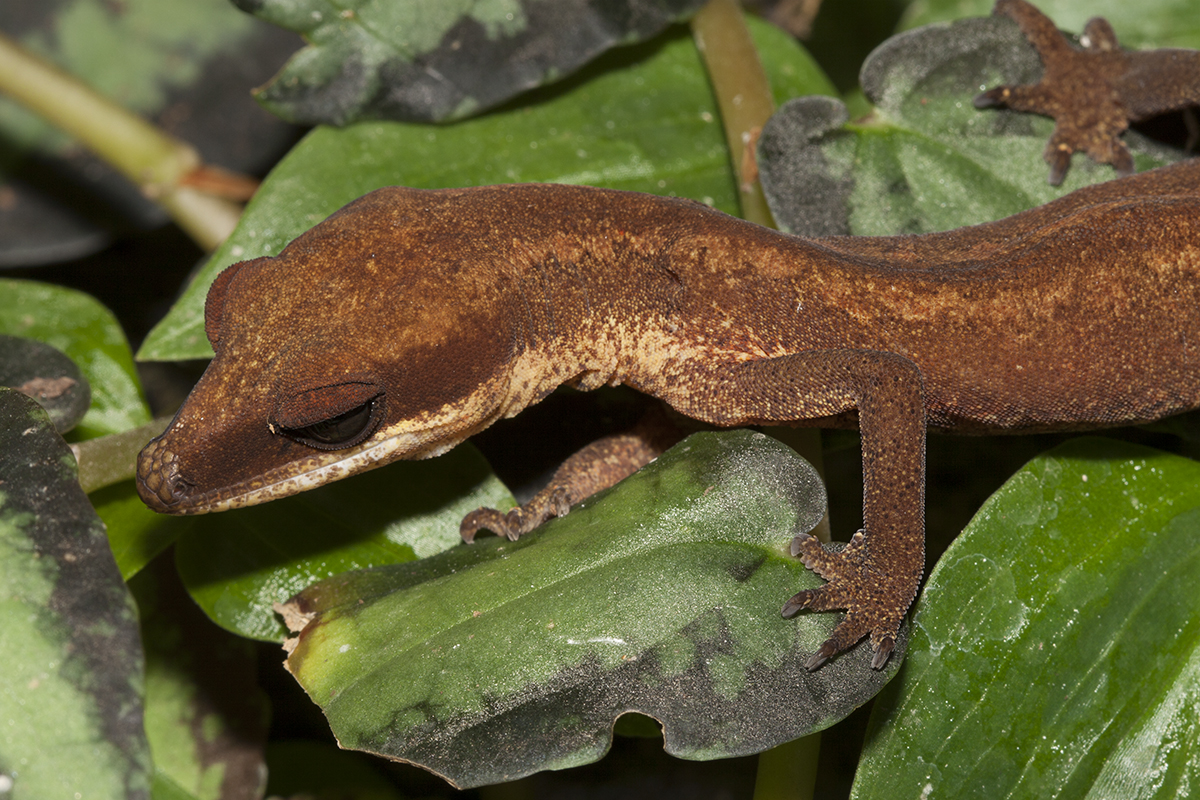 I have previously kept my cat-geckos together, but they are quite fragile, and stress easy, so i have started keeping my animals single in smaller terrariums. They generally don’t like heat, so they are placed at room temperature in my facility (ranging from 21 to 27 degress over the year). I keep my adult cat geckos in Exo-Terra terrariums measuring 30x30x45 cm. During the day, the geckos hide on the ground, but at night, when its absolutely dark in the room, they go hunting – and often climb onto branches etc.
I have previously kept my cat-geckos together, but they are quite fragile, and stress easy, so i have started keeping my animals single in smaller terrariums. They generally don’t like heat, so they are placed at room temperature in my facility (ranging from 21 to 27 degress over the year). I keep my adult cat geckos in Exo-Terra terrariums measuring 30x30x45 cm. During the day, the geckos hide on the ground, but at night, when its absolutely dark in the room, they go hunting – and often climb onto branches etc.
I spray my geckos 3-4 times a week with rain-water. Aeluroscalabotes should have problems tolerating normal water – so i stick to rain-water – but Osmotic water should be good as well. As fair as i have been told, they should have problems with to much Calcium in the water (and the food).
My terrariums for the adults are quite simple. I have a small layer of humid cocos-husk in the bottom. A single Scindapsus is planted and otherwise shelters are provided by bark-pieces on the bottom. A few branches are also included.
My young animals are kept seperately in shoe-boxes with moist cocos-humus as a beeding. The boxes are decorated with a few small ground-plants, and some branches and pieces of cork.
The geckos are NEVER active, when lights are on – the room has to be in total darkness to have activity.
I feed my Aeluroscalaobotes two to three times a week with suitable feeder insects – mostly crickets (Gryllus bimaculatus).
Breeding
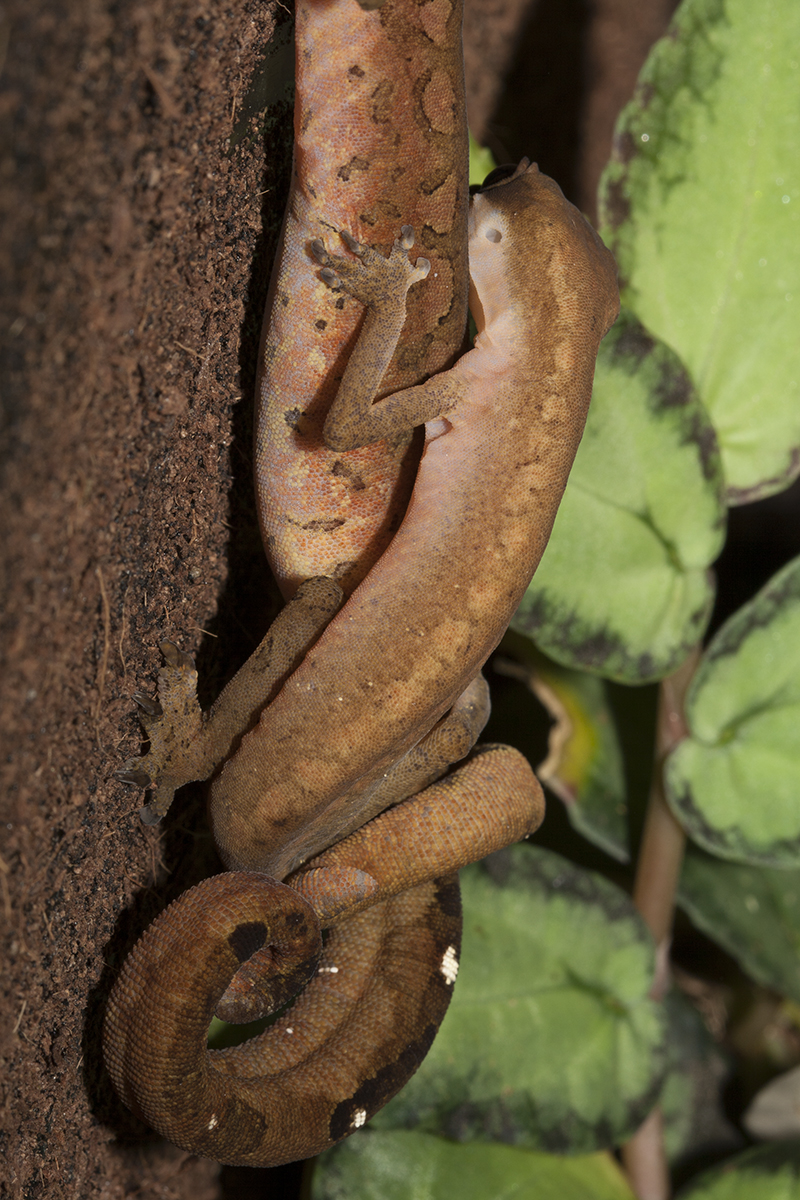 When i first kept the species 10 years ago, i kept my adult pair of Cameron Highlands together. The male wrap its tail around the females when mating.
When i first kept the species 10 years ago, i kept my adult pair of Cameron Highlands together. The male wrap its tail around the females when mating.
They produced a clutch of eggs, which i incubated in moist Vermiculite at room temperature – two juveniles hatched, and i kept these in boxes seperately on moist substrate.
Literature
- Grossmann, W. 1995. Das Portrait – Aeluroscalabotes felinus (Günther). Sauria, 17(2): 2.
- Grossmann, W. 2008. Der Fuchsgesicht-Lidgecko Aeluroscalabotes felinus. Art für Art, NTV, Münster, 64 pp.
- Grossmann, W. & C. Schäfer. 2005. Erfahrungen bei der Haltung und Vermehrung des Fuchsgesicht-Lidgeckos Aeluroscalabotes felinus (Günther, 1864). Sauria, 27(1): 33-46.
- Kaverkin, Y.I. & N.L. Orlov. 1998. Captive Breeding of Cat Geckos, Aeluroscalabotes felinus. Dactylus, 3(2): 87-89.
- Lui, W. 1996. Captive Husbandry and Breeding of the Malaysian Cat Geckos Aeluroscalabotes felinus. Reptilian, 4(3): 48-53.
- Maier, S. & T. Bamann. 2010. Fuchsgesichtgeckos – faszinierende Kobolde der Nacht. Reptilia(D), (82)15(2): 16-21.
- Maier, S. & T. Bamann. 2010. Ein Wildkatze im Terrarium – Haltung von Fuchsgesichtsgeckos. Reptilia(D), (82)15(2): 22-29.
- Maier, S. & T. Bamann. 2010. Die Nachzucht des Fuchsgesichtgeckos. Reptilia(D), (82)15(2): 30-34.
- Nunan, J. 1994. In the spotlight Aeluroscalabotes felinus. Dactylus, 2(3): 107-108.
- Rösler, H. 2007. Bemerkenswert lange Spermaspeicherung bei Aeluroscalabotes felinus (Günther, 1864). elaphe N.F., 15(4): 41-42.
- Saint-Dizier, H. 2008. Le Gecko-chat Malais, Aeluroscalabotes felinus (Günther, 1864). Basiliscus, 2008(1): 23-32.
- Seufer, H., Y. Kaverkin & A. Kirschner (eds.). 2005. Die Lidgeckos. Kirschner & Seufer Verlag, 238 pp.
- Seufer, H., Y. Kaverkin & A. Kirschner (eds.). 2005. The Eyelash Geckos. Care, Breeding and Natural History. Kirschner & Seufer Verlag, 238 pp.
- Wolf, S. 2009. Anmerkungen zur Fortpflanzung des Lidgeckos Aeluroscalabotes felinus Günther, 1864. Sauria, 31(1): 29-32.
